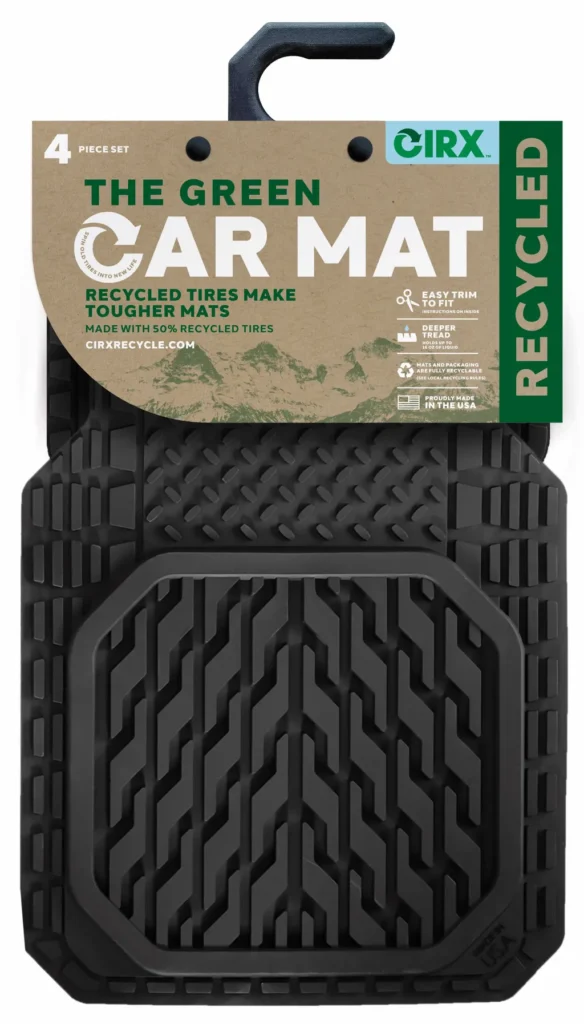In a significant stride towards sustainable materials for the automotive industry, researchers have developed innovative polymer blends that could redefine the use of post-consumer plastics and waste rubber. The study, led by Sandra Paszkiewicz and published in the journal *eXPRESS Polymer Letters* (which translates to “Polymer Letters Express”), explores the potential of combining recycled polypropylene (rPP) with tire rubber crumbs, creating a promising avenue for upcycling waste materials.
The research focuses on two series of polymer blends, each containing 70% post-consumer polypropylene and 30% tire rubber crumbs, branded as ECOPLASTOMER® PP70. These blends were further enhanced with two different flame retardant systems: one based on silane-treated alumina trihydrate (ATH-sil) and another eco-friendly system comprising melamine phosphate (MP), aluminum hydroxide (AC), and peanut shells (PS). The goal was to assess the impact of these flame retardants on the mechanical, thermal, and flammability properties of the polymer blends.
“Our aim was to develop sustainable materials that not only reduce waste but also meet the stringent safety standards required by the automotive industry,” said Paszkiewicz. The study revealed that incorporating ATH-sil resulted in the appearance of peaks related to OH groups in the Fourier-transform infrared spectroscopy (FTIR) spectra, indicating successful integration of the flame retardant. Similar observations were made for the MP/AC/PS system.
One of the key findings was that the use of selected flame retardants did not affect the melting and crystallization temperatures of the polymer, as revealed by differential scanning calorimetry (DSC) analysis. This is a crucial aspect for maintaining the material’s performance during manufacturing processes. However, tensile strength experienced a minor decrease, particularly in compositions containing more than 20% of the flame retardants, while hardness remained unaffected.
The study also highlighted the effectiveness of both flame retardant systems in reducing the flammability of the modified polypropylene/rubber powder blends. ATH-sil proved to be the most effective when used at a minimum of 30%, while the MP/AC/PS system showed better results at lower concentrations, up to 20%. This eco-friendly system also demonstrated a significant reduction in smoke emissions, making it a promising candidate for future applications.
The implications of this research are far-reaching for the energy and automotive sectors. As the demand for sustainable and safe materials continues to grow, the development of these polymer blends could pave the way for innovative solutions that reduce waste and enhance performance. “This research opens up new possibilities for the use of recycled materials in high-performance applications,” Paszkiewicz noted.
The study, published in *eXPRESS Polymer Letters*, underscores the importance of sustainable development and upcycling in the polymer industry. By leveraging waste materials and eco-friendly flame retardants, researchers are not only addressing environmental concerns but also driving innovation in material science. As the automotive industry continues to evolve, the integration of such sustainable materials could play a pivotal role in shaping the future of transportation.

